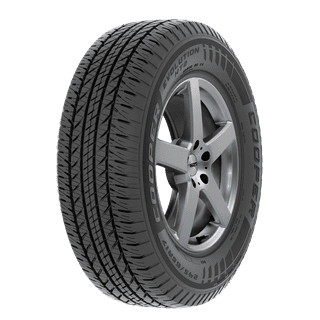Explore Exclusive Mopar Tire Service Specials in Morris Today
Explore Exclusive Mopar Tire Service Specials in Morris Today
Blog Article
Tire Solution: Comprehending Tire Pressure Surveillance Systems
Recognizing Tire Stress Surveillance Equipments (TPMS) is a crucial aspect of preserving ideal car performance and security on the road. With developments in automobile technology, TPMS has come to be a basic feature in modern lorries, giving real-time details on tire stress degrees.

Significance of TPMS
The importance of Tire Pressure Surveillance Equipments (TPMS) depends on their capability to enhance vehicle safety and security and efficiency through real-time monitoring of tire stress levels. Maintaining the proper tire stress is vital for making sure ideal handling, braking, and total security of an automobile. TPMS offers chauffeurs with immediate responses on any kind of overinflated or underinflated tires, permitting timely modifications to be made.
Components of TPMS
Comprising numerous vital components, a Tire Stress Monitoring System (TPMS) operates as a sophisticated safety function in contemporary automobiles. The main parts of a TPMS include sensors, a control module, and a warning indication. Sensors are commonly located in the tire valve stem or affixed to the wheel setting up, where they gauge tire stress and transmit information to the control component. The control component procedures this details and sets off a caution if it identifies dramatically reduced stress in any one of the tires. The caution indication, commonly a symbol on the control panel, signals the motorist to examine the affected tire or tires. Some advanced TPMS designs additionally display the actual tire pressure analyses for each tire, giving motorists with real-time information to ensure optimum tire efficiency and safety and security. By checking tire stress continuously, TPMS assists protect against accidents, reduces tire wear, and boosts fuel performance, making it an important element for car safety and efficiency.
Types of TPMS

On the various other hand, indirect TPMS relies on the car's wheel speed sensing units to check tire pressure. This system spots underinflation by contrasting the rotational speeds of the wheels. Indirect TPMS is less expensive than straight TPMS, as it uses existing sensors within the vehicle.
While direct TPMS provides much more precise analyses, indirect TPMS is simpler in style and commonly requires much less upkeep. Both systems have their benefits and constraints, and the choice in between them often depends upon elements such as cost, car make, and individual preference. Understanding the distinctions in between these 2 kinds of TPMS can aid vehicle owners make informed decisions pertaining to tire upkeep and safety.
TPMS Upkeep Tips
Conduct routine checks on the tire stress levels see here and contrast them with the TPMS readings to ensure they are constant. During tire turning or replacement, make certain that the TPMS elements are dealt with thoroughly to prevent any type of possible damage. If the TPMS warning light illuminates on the dashboard, deal with the concern immediately by examining the tire pressures and the total system for any kind of mistakes.
Advantages of Correct Tire Stress
Maintaining proper tire stress, as stressed in TPMS Upkeep Tips, is crucial for reaping the numerous advantages connected with optimum tire stress degrees. One of the main benefits of maintaining the correct tire pressure is improved gas performance. When tires are effectively blown up, there is much less moving resistance, bring about better fuel economic climate. Furthermore, appropriate tire pressure makes certain also tire wear, extending the lifespan of the tires and advertising more secure driving problems. With the right tire pressure, cars likewise have much better handling and traction, particularly in negative weather. This can boost total driving efficiency and security for the motorist and passengers. Keeping ideal tire pressure can add to a smoother and more comfy ride by minimizing vibrations and sound caused by underinflated tires. To conclude, the benefits of appropriate tire stress go beyond simply tire longevity; they encompass boosted fuel performance, enhanced security, far better car efficiency, and overall driving comfort.
Final Thought
Finally, recognizing tire pressure tracking systems (TPMS) is essential for preserving optimum tire pressure and making certain car safety and security. By identifying the importance of TPMS, knowing with its components, understanding the different types readily available, adhering to appropriate maintenance pointers, and realizing the benefits of preserving proper tire stress, motorists can enhance their driving experience and lengthen the life-span of their tires. Correct tire stress is crucial to effective and risk-free car operation.

Report this page